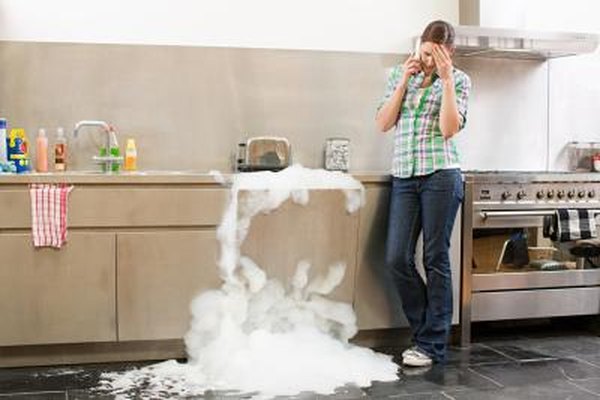Hand dish washing liquids are formulated to facilitate removal of greasy soil from dishes. They also suspend the soil in the wash water to facilitate rinsing. Although a hand dish washing liquid does not have to produce any meaningful amount of suds to be effective at removing soil, suds stability has become accepted as an indication of product’s remaining cleaning power.
Consumers union surveyed staff members regarding their dish washing habits. The respondents reported using one or more of the following methods. In fact, many of the respondents reported using all three methods.
- Squirt a quantity of hand dish washing liquid into a sink before or during the process of filling it with water. Then clean the dishes using a sponge, brush, scrubby or dishcloth.
- Squirt some detergent into the dish and wash it using a sponge, brush, scrubby or dishcloth.
- Squirt some detergent directly onto a sponge, brush, scrubby or dishcloth, which is then used to wash the dishes.
Most test methods for hand dish washing liquids are based entirely on the products’ ability to sustain a head of foam in hard water while challenged by soiled plates. The number of plates that hand dish washing liquids will wash before the suds are depleted varies from product to product and is affected by water hardness. Several well known national brands washed more that 12 plates in both hard and soft water. Most of the brands will not to much worse.
**Tip of the day: DO NOT, I repeat DO NOT use a hand dish washing liquid in an automatic dish washer– it will OVERSUDS.





